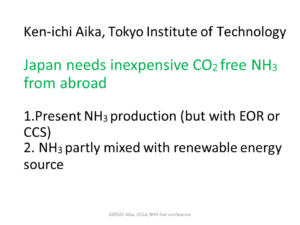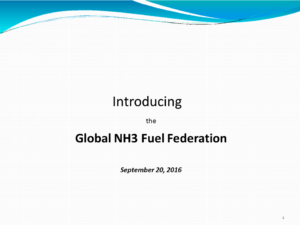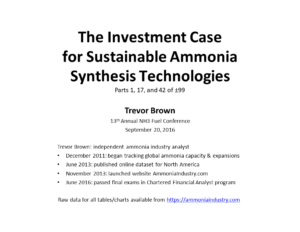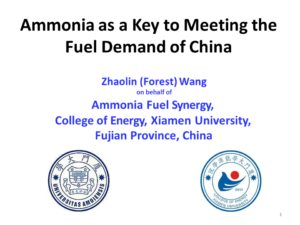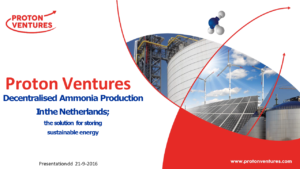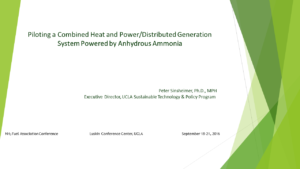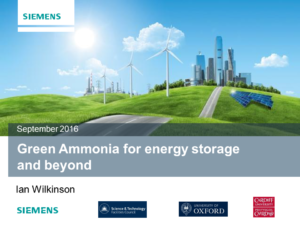Presentation
High Efficiency Electrochemical Synthesis of Ammonia from Nitrogen at Ambient Temperature and Pressure
Ammonia as well as being an important fertiliser is being increasingly considered as an easily transported carrier of hydrogen energy. However, the traditional Haber-Bosch process for the production of ammonia from atmospheric nitrogen and fossil fuels is a high temperature and pressure process that is energy intensive. Newer technology is being investigated to produce sustainable ammonia from green energy. An ambient temperature, electrochemical synthesis of ammonia is an attractive alternative approach, but has, to date, not been achieved at high efficiency. Researchers from Monash University have obtained faradaic efficiency as high as 60% using liquid salt electrolytes under ambient conditions,…
